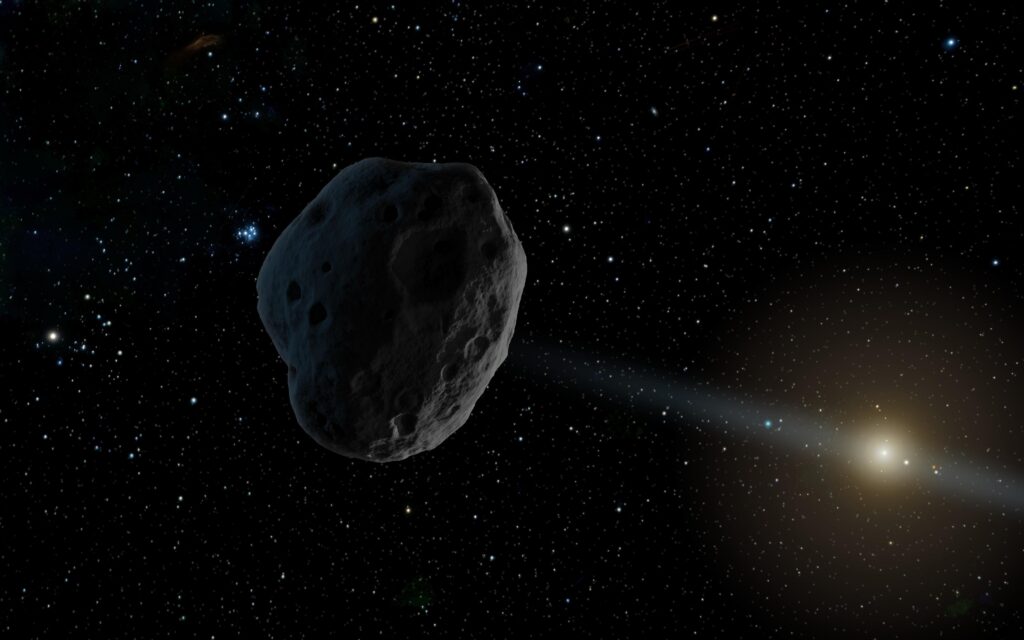In the vast, silent expanse of space, where mysteries drift like cosmic whispers, a tantalizing possibility emerges: What if an approaching celestial visitor isn’t just another rock tumbling through the void, but something far more extraordinary? A pioneering scientist now proposes a series of groundbreaking tests to determine whether a large, unidentified object hurtling toward Earth might—just might—be an alien spacecraft, transforming our understanding of cosmic encounters from speculative science fiction to potential scientific reality. In the realm of astronomical mysteries, a fascinating proposal has emerged from scientific circles that could potentially rewrite our understanding of extraterrestrial encounters. Researchers are developing innovative methodologies to distinguish between natural space phenomena and potential alien technological artifacts.
Recent discussions center around analyzing unidentified celestial objects with unprecedented scrutiny.Scientists propose a multi-tiered testing approach that goes beyond customary observation techniques, focusing on detecting technological signatures that might indicate intelligent design.
Spectroscopic analysis would play a critical role in these investigations. By examining the chemical composition and electromagnetic emissions of approaching objects, researchers hope to identify anomalous characteristics inconsistent with known astronomical formations. Unusual material compositions, unexpected energy signatures, or inexplicable structural complexities could trigger further examination.
Cutting-edge instrumentation like advanced radio telescopes and hypersensitive spectrometers would be deployed to capture minute details. These technologies can detect microscopic variations in radiation patterns, thermal emissions, and structural resonances that might suggest artificial origins.
One proposed test involves tracking the object’s trajectory and acceleration patterns. Natural celestial bodies typically follow predictable gravitational paths, while potential technological constructs might demonstrate more complex, seemingly intentional movement mechanisms.
Machine learning algorithms would be employed to compare the object’s characteristics against vast databases of known astronomical phenomena. Any significant deviations from established patterns would prompt deeper scientific scrutiny and potentially revolutionary research protocols.
Collaborative international research teams are already developing frameworks for systematic extraterrestrial artifact identification. These initiatives transcend traditional disciplinary boundaries, integrating expertise from astrophysics, computational modeling, and speculative technology assessment.
Quantum sensing technologies and advanced interferometry could provide additional layers of analytical depth. By creating intricate measurement networks capable of detecting exceptionally subtle variations, scientists aim to distinguish between natural cosmic events and potential technological interventions.
While skepticism remains prevalent, the scientific community recognizes the importance of maintaining an open, methodical approach to unexplained astronomical observations. The proposed testing strategies represent a refined, data-driven methodology for exploring potential extraterrestrial technological signatures.
As technological capabilities continue expanding, humanity’s capacity to investigate cosmic mysteries grows increasingly sophisticated. The prospect of identifying an alien spacecraft transforms from speculative fiction into a rigorous scientific exploration, driven by meticulous observation and groundbreaking analytical techniques.





